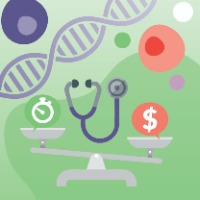Animal models of disease: preclinical to clinical gene therapy translatability
Cell & Gene Therapy Insights 2021; 7(1), 137-147
10.18609/cgti.2021.016
Animal models of disease provide information on the biological activity and potential toxicity of an investigational gene therapy (IGT) in development. To enhance preclinical-to-clinical translation, animal models of disease must reflect the human pathophysiology as close as possible. This ideally includes the molecular defects, biochemical abnormalities, pathology, functional changes, clinical signs and symptomatology, and the disease´s course of progression. Moreover, the animal model of disease should appropriately respond to an IGT as intended. As efforts continue in the development and characterization of animal models with robust disease phenotypes translatable to human clinical conditions (two examples are presented, Duchenne muscular dystrophy and Sanfilippo A syndrome), significant needs remain. Strategies that can aid in developing new animal models of disease, as well as alternatives to animal models include taking advantage of: i) available genome knowledge in various species; ii) mechanisms and functions that are conserved across species; iii) integrated assessment systems with multiple quantitative readouts; and iv) collaborative approaches between basic scientists and clinicians to ascertain model translatability as well as of testing and evaluation methodologies.
